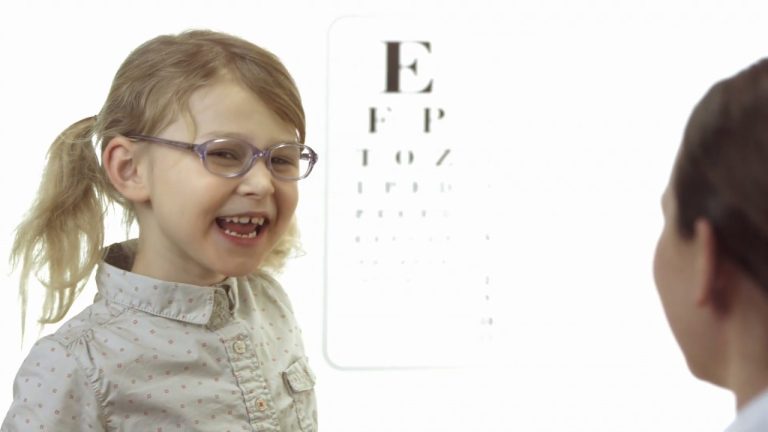Preventing and Treating Conjunctivitis in Children: Expert Tips from Vision Care Professionals
Conjunctivitis, also known as pink eye, is a common eye condition that can affect people of all ages, but it is most common in children. It is an inflammation of the conjunctiva, which is the clear membrane that covers the sclera, the white part of the eye, and the inner eyelid. Conjunctivitis can be caused by a bacterial or viral infection, an allergic reaction, or irritants such as smoke, dust, or chemicals.
Children are more prone to getting conjunctivitis because they are in close contact with other children in daycare, school, or playground settings. They may also rub their eyes frequently with dirty hands, which can introduce bacteria or irritants into the eyes. It is important for parents and caregivers to recognize the signs and symptoms of conjunctivitis in children, and to seek medical advice and treatment as needed.
Symptoms of Conjunctivitis
Conjunctivitis can cause a range of symptoms, including:
- Eye redness: The white part of the eye may appear pink or red
- Eye discharge: There may be mucus or pus coming from the eye
- Eye itching: The eye may feel itchy or irritated
- Eye tearing: There may be excessive tearing or watery eyes
- Sensitivity to light: The eye may be sensitive to light or glare
Treatment for Conjunctivitis
The treatment for conjunctivitis depends on the cause of the condition. Bacterial conjunctivitis can be treated with antibiotic eye drops or ointment, while viral conjunctivitis will usually resolve on its own without treatment. Allergic conjunctivitis can be managed with antihistamine eye drops or oral medications, and irritant conjunctivitis can be prevented by avoiding the irritant or wearing protective eyewear.
Preventing the Spread of Conjunctivitis
It is important to take steps to prevent the spread of conjunctivitis, especially in daycare or school settings. Here are some tips:
- Wash hands: Teach children to wash their hands frequently with soap and water, and to avoid touching their eyes
- Use hand sanitizer: Provide hand sanitizer to use when soap and water are not available
- Keep hands away from eyes: Remind children not to rub or touch their eyes with dirty hands
- Use clean towels and bedding: Change towels and bedding frequently and don’t share them with others
- Stay home when sick: Keep children home from school or daycare when they have symptoms of conjunctivitis
By taking these steps, parents and caregivers can help prevent the spread of conjunctivitis and protect the eye health of themselves and their children.
Contents
Most wanted in Hoya Vision:
What are prism eyeglass lenses?
Hoya Lens Engravings
What brand lenses does Costco use?
What does +0.25 mean on an eye test?
Do tinted glasses help with migraines?
Should eyeglasses cover eyebrows?
Hoya Identification Chart
What LED light is best for broken capillaries?
Does hyperopia worsen with age?
What is the difference between Ray Ban RB and Rx?
















